In the afternoon of June 19, the China National Silk Museum witnessed the grand opening of the main venue activities of the 2020 Silk Road Week hosted by the National Cultural Heritage Administration and the People’s Government of Zhejiang province. Zhu Guoxian, member of the Standing Committee and director of the Department of Publicity of CPC Provincial Committee of Zhejiang, delivered the opening speech, and leaders of the Information Office, the Department of Culture and Tourism, the Cultural Heritage Administration and other relevant organs of the Government of Zhejiang were present at the ceremony by invitation. Because of the Covid-19 pandemic, guests from some domestic and foreign institutions and organizations and some experts in the history of the Silk Road originally scheduled to attend the ceremony failed to be present at the meeting; Comrade Guan Qiang, member of the CPC Party Group and vice director of the National Cultural Heritage Administration, Ms. Mechtild Rössler, director of the UNESCO World Heritage Center, Mr. Jiang Bo, chief expert in the archaeological discoveries of the Silk Road, Prof. Rong Xinjiang from Peking University and some other guests sent their videos of congratulations. The 2019 Annual Report on Silk Road Cultural Heritage was released at the opening ceremony to officially kick off The World Silk Interactive Map, a project of international collaboration of 13 countries.
The thematic exhibition entitled Common Aspirations: the History and the Present of the Silk Road and the cultural heritage exhibition entitled A World in a Single Stalk of Flower: the Mutual References on the Silk Road organized by the China National Silk Museum and the International Silk Road and Cross-Culture Exchanges Research Center were unveiled at the ceremony, and the rubbings of the inscriptions on the precipices of Mount Yanran and the inscriptions on Mount Han of the Han dynasty collected by IMU were exhibited at the latter by invitation. It was the first time these two sets of cultural heritage was exhibited publicly in China since the Exhibition of Achievements of China-Mongolia Joint Archaeological Survey of the Inscriptions on the Precipices of Mount Yanran hosted by IMU a year ago, which attracted the attention of guests and spectators at the ceremony.
The 2020 Silk Road Week is one of the important initiatives of the National Cultural Heritage Administration and the People’s Government of Zhejiang in implementing the concept of the Silk Road Spirit and the Spreading of Mutual References proposed by President Xi Jinping. As a major interactive event of the Silk Road week, 19 cultural heritage organizations/museums along the Silk Road were invited to present one piece of cultural heritage with detailed description of its relationship with the Silk Road to the exhibition themed A World in a Single Stalk of Flower: the Mutual References on the Silk Road with the purpose of better preserving, enlivening, inheriting and injecting vitality into the cultural relics. The cultural heritage exhibition will last till August 23 with free admission.
As an important achievement of the China- Mongolia joint archaeological survey conducted by IMU in 2019, the rubbings of the inscriptions on the precipices of Mount Yanran of the Eastern Han dynasty was invited by the organizer to the exhibition as an essential piece of cultural heritage of the Grassland Silk Road. It is understood that IMU was the only teaching institution among the cultural heritage collectors invited to the exhibition. Dr. Yu Hai and Dr. Gao Jianguo from the Mongolian Studies Center of IMU were invited to attend the opening ceremony and give the on-the-spot and online explication.
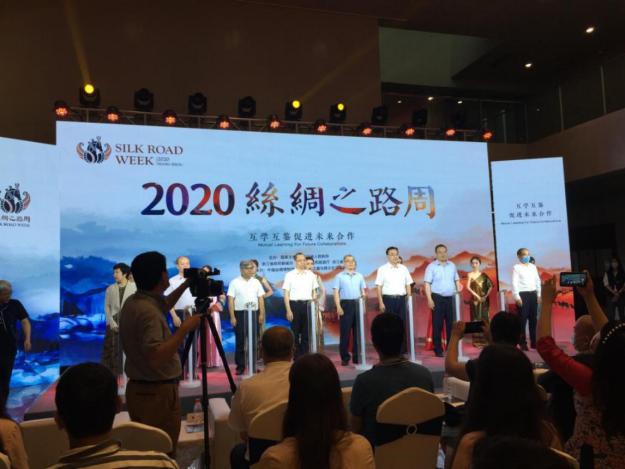
The Opening Ceremony of the 2020 Silk Road Week
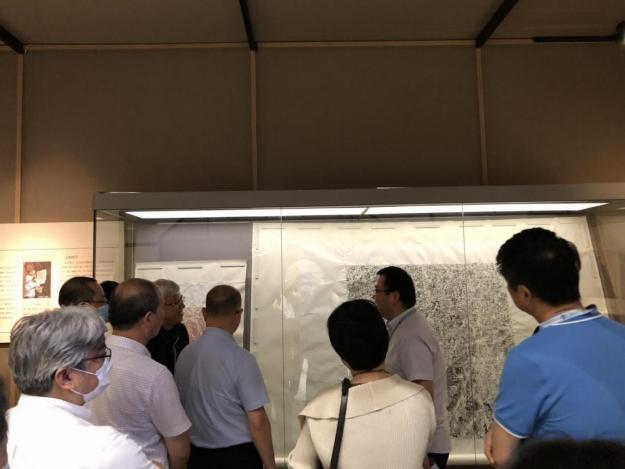
Guests admiring the rubbings of the inscriptions on the precipices of Mount Yanran and the inscriptions on Mount Han
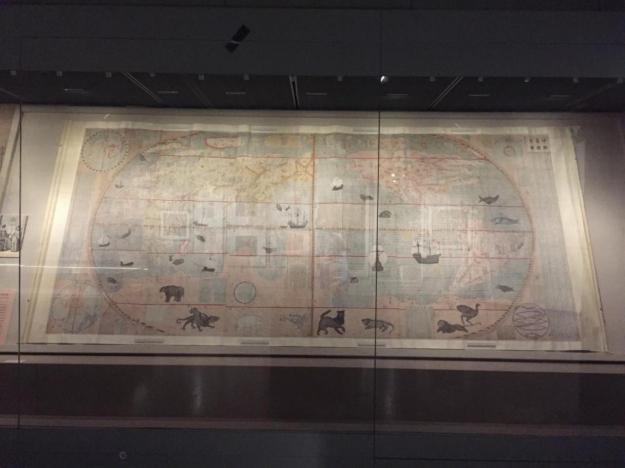
The Great Universal Geographic Map collected by Nanjing Museum
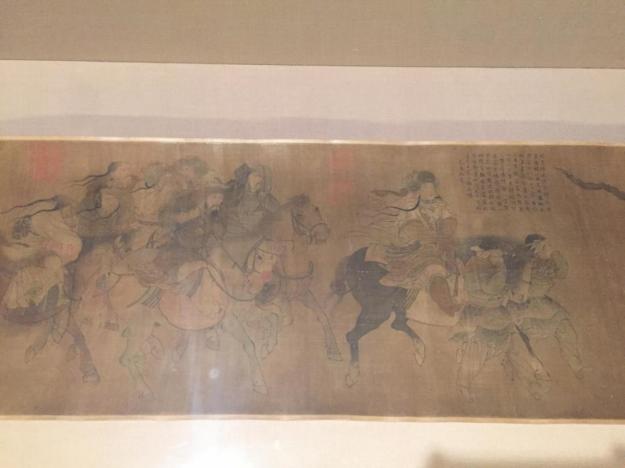
Cai Wenji Returning to the Han Empire collected by Jilin Museum
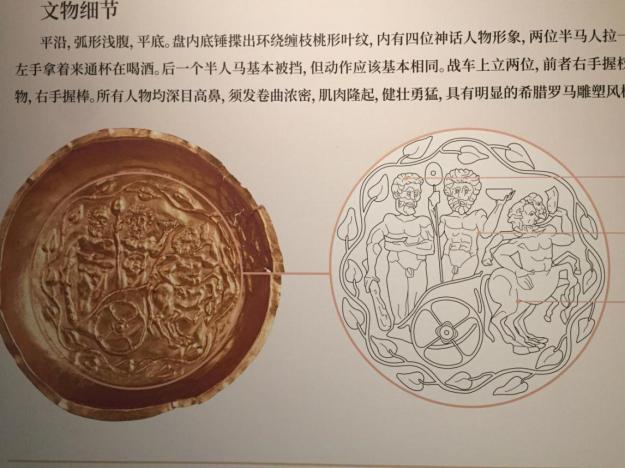
Flower and human figure patterned gold plate collected by Datong Museum
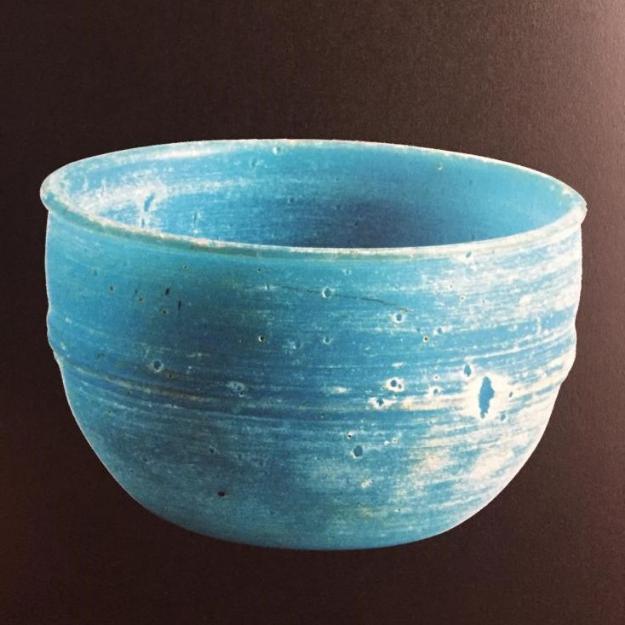
Turquoise glass cup collected by Hepu County Museum of Guangxi
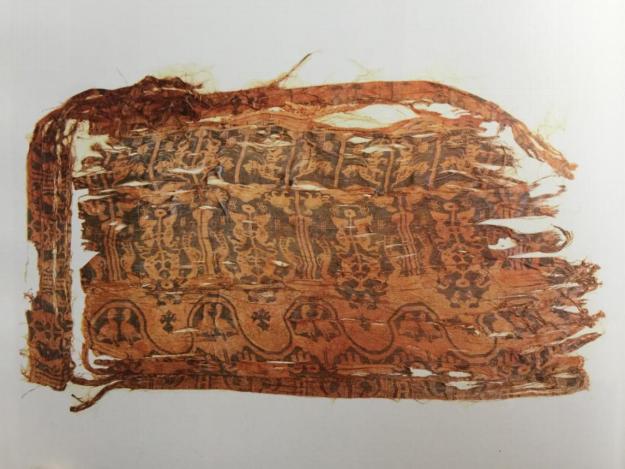
The brocade with the inscription of Prince Yihou and pattern of birds and beasts collected by Gurujiang Temple of Ngari Prefecture, Tibet

Stone tomb gate carved with whirling dance figures collected by Ningxia Museum
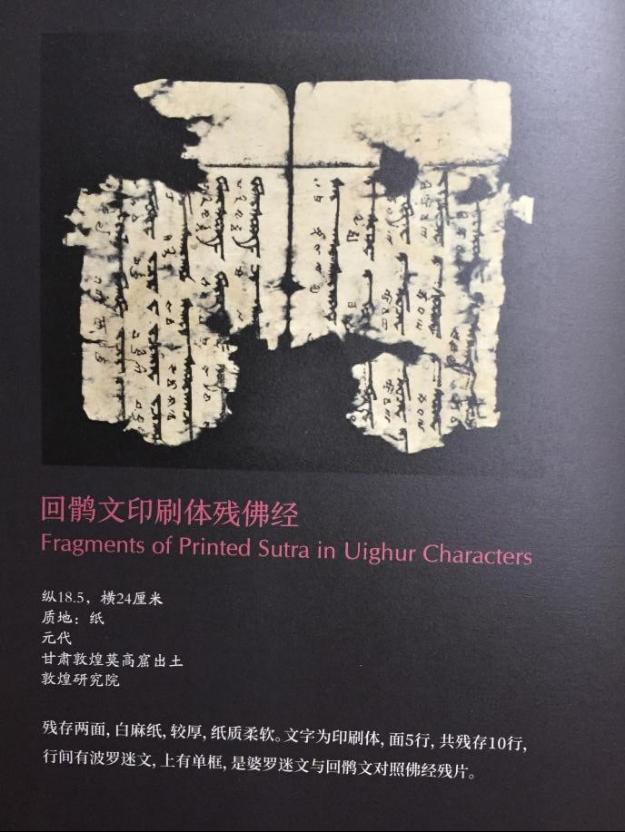
Fragments of printed sutra in Uighur characters collected by Dunhuang Academy
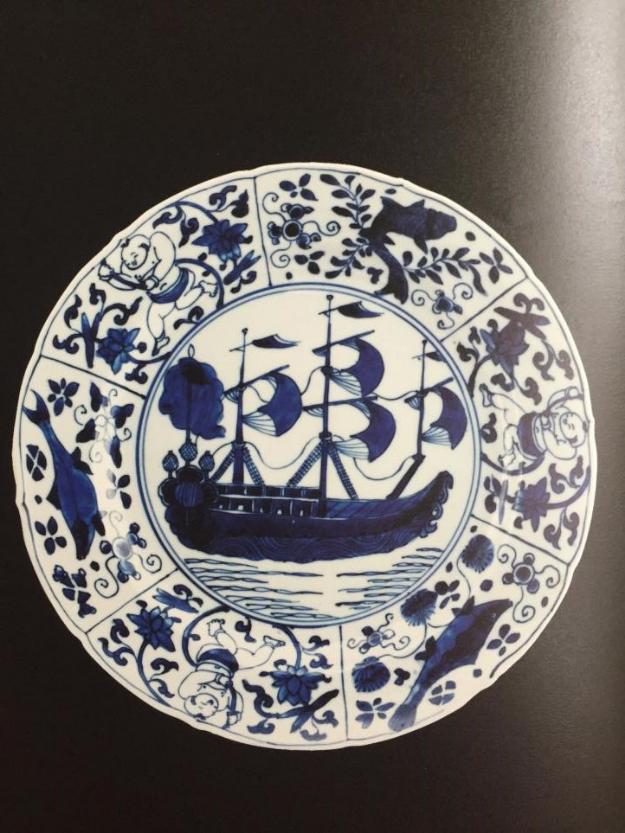
Blue and white porcelain plate with pattern of a sailing ship and flower-patterned edges from Jingdezhen Kiln collected by Shanghai Museum

